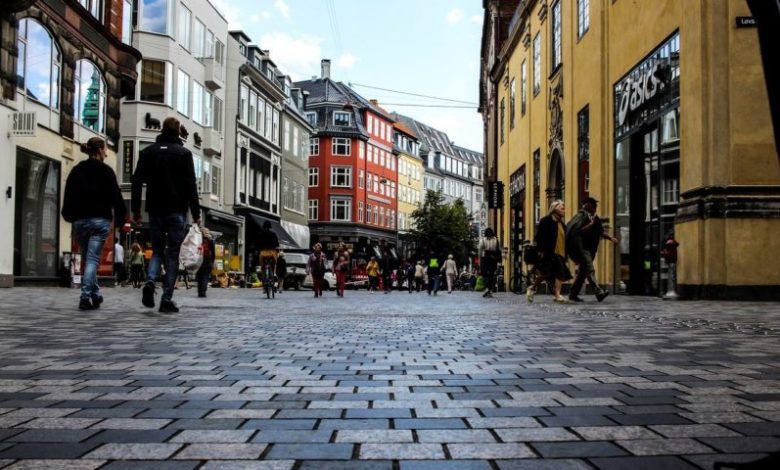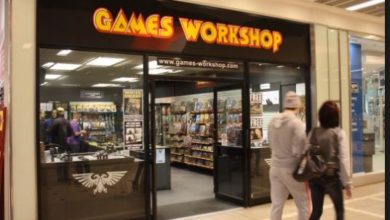
Register to get 1 free article
Reveal the article below by registering for our email newsletter.
Want unlimited access? View Plans
Already have an account? Sign in
Since 2010 more than 20,000 shops have “disappeared” from high streets and the communities that they once served, according to the real estate advisor, Altus Group.
Analysis of official government data by Altus Group revealed that between 2010 and 2019, 20,143 shops in England and Wales – liable for business rates – have been converted into homes, different types of use such as restaurants and cafes or demolished.
During the same period, 14,314 new shops came onto the Local Rating Lists meaning that the overall number of shops has fallen by 5,829.
The total number of shops in England and Wales has fallen from 430,360 on 1 April 2010 to 424,531 today according to Altus Group. The Centre for Retail Research suggests within the next five years the overall number of shops will fall by 8,500 to around 416,000.
The numbers do not include those shops which are currently vacant and to let. The national town centre vacancy rate climbed to a four year high of 10.2% in April according to the British Retail Consortium vacancies monitor putting the number of empty shops at 43,302.
Robert Hayton, who is head of UK business rates at Altus Group, said: “We are witnessing a repurposing of surplus retail space. Over the coming months and years ahead, as retailers continue to reduce their store portfolios with the growth of online shopping, there will be an increase in the intensity of that repurposing.”
The government has committed £900m in business rates cuts aimed at independent high street firms slashing bills by a third from 1 April for two years for those smaller retail properties in England with a rateable value less than £51,000.
A number of Tory leadership hopefuls are also pledging to scrap business rates for the high street SMEs which Hayton described as “commendable,” although he said: “Tax measures are also needed for major retail and hospitality businesses who are reducing their estates and headcount often citing high rates as a contributory factor. They are currently paying the highest standard rate of tax since the national business rates system was introduced in 1990.”
Professor Joshua Bamfield, director at the Centre for Retail Research, added: “The fact is that business rates, rising labour costs and low levels of profitability are driving retailers out of the sector and this problem will get worse, not better. The Government has done a lot to reduce the impact of business rates upon smaller retailers, but that ignores the major impact that rates have on the larger businesses that face similar problems.”
It has been estimated that business rates represent 42% of all the government taxes imposed on the largest 1,000 retailers.







